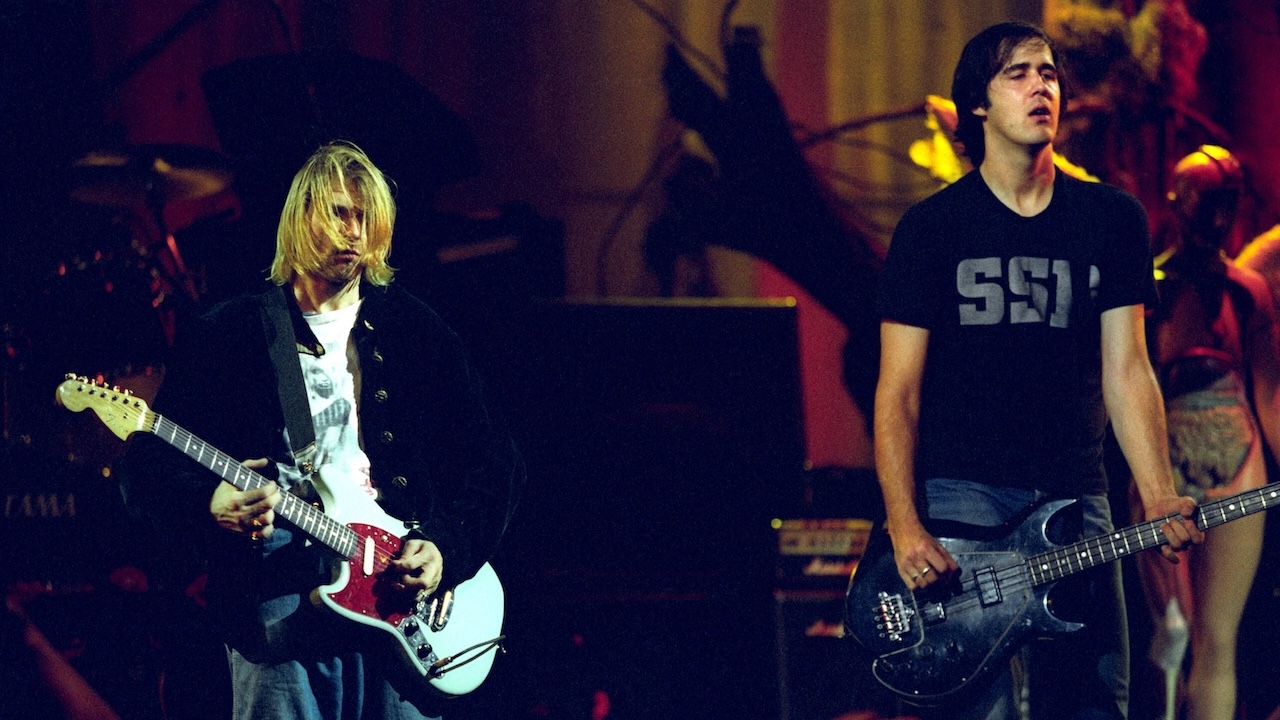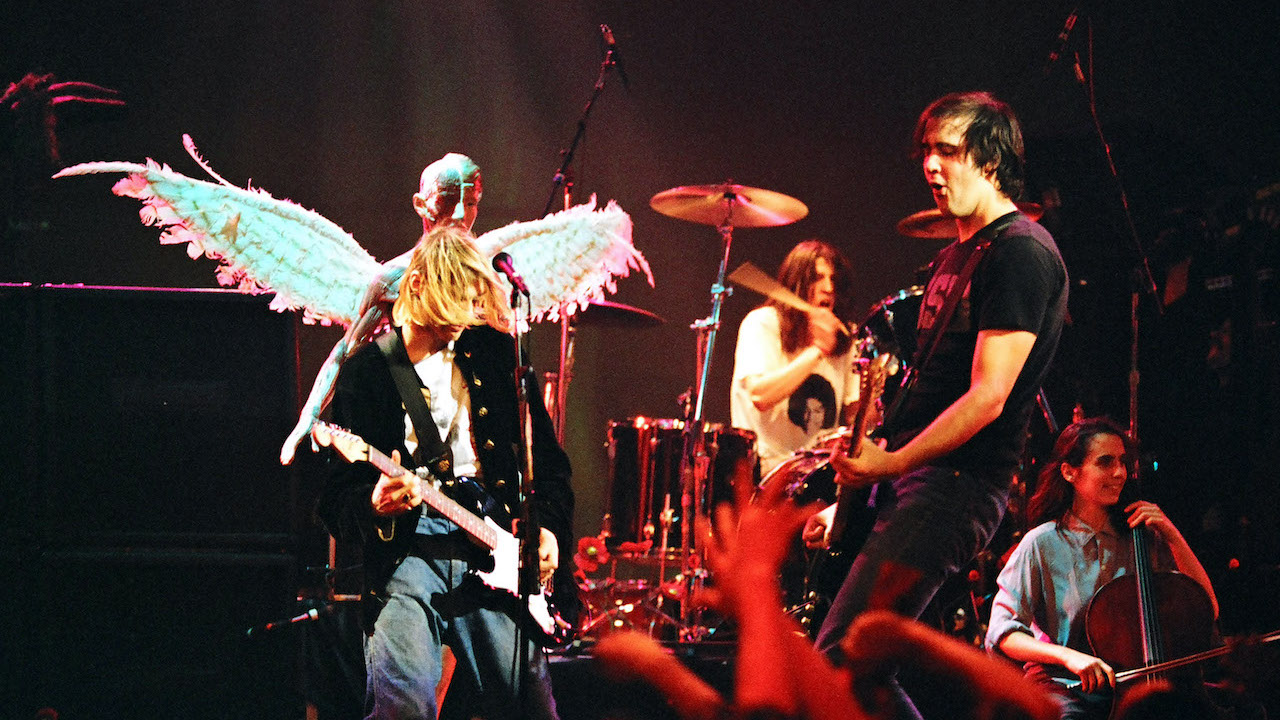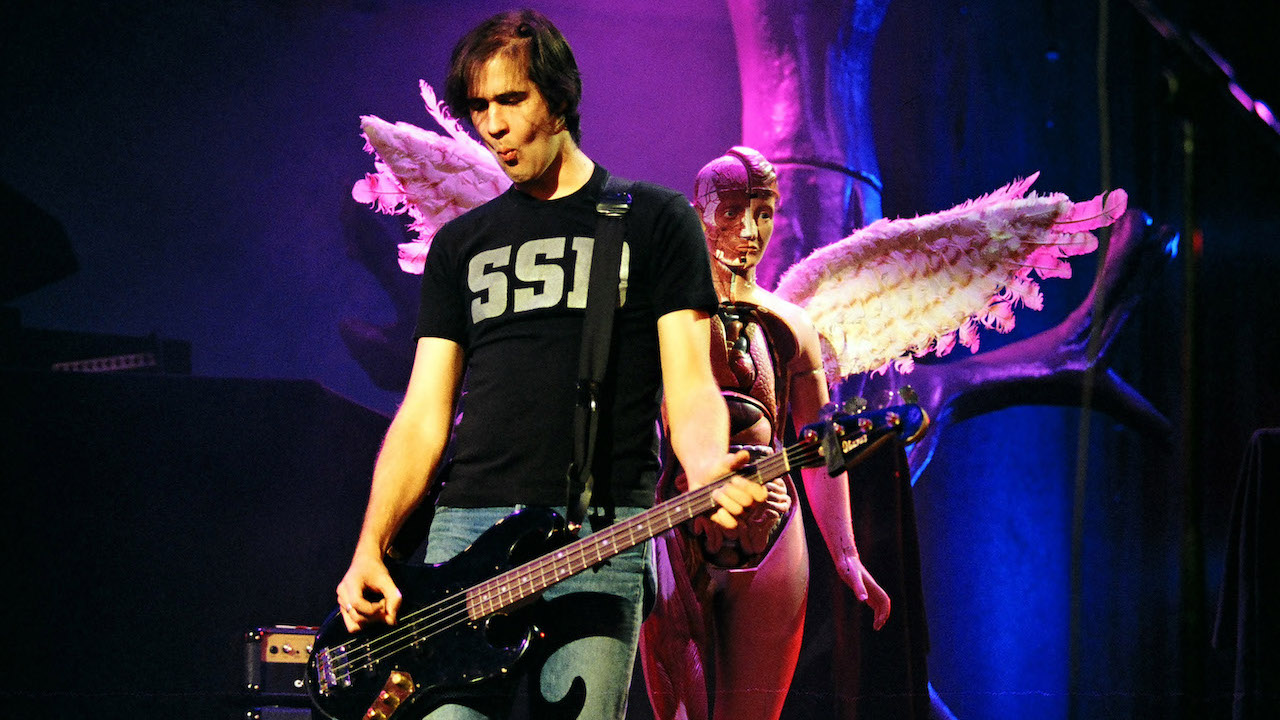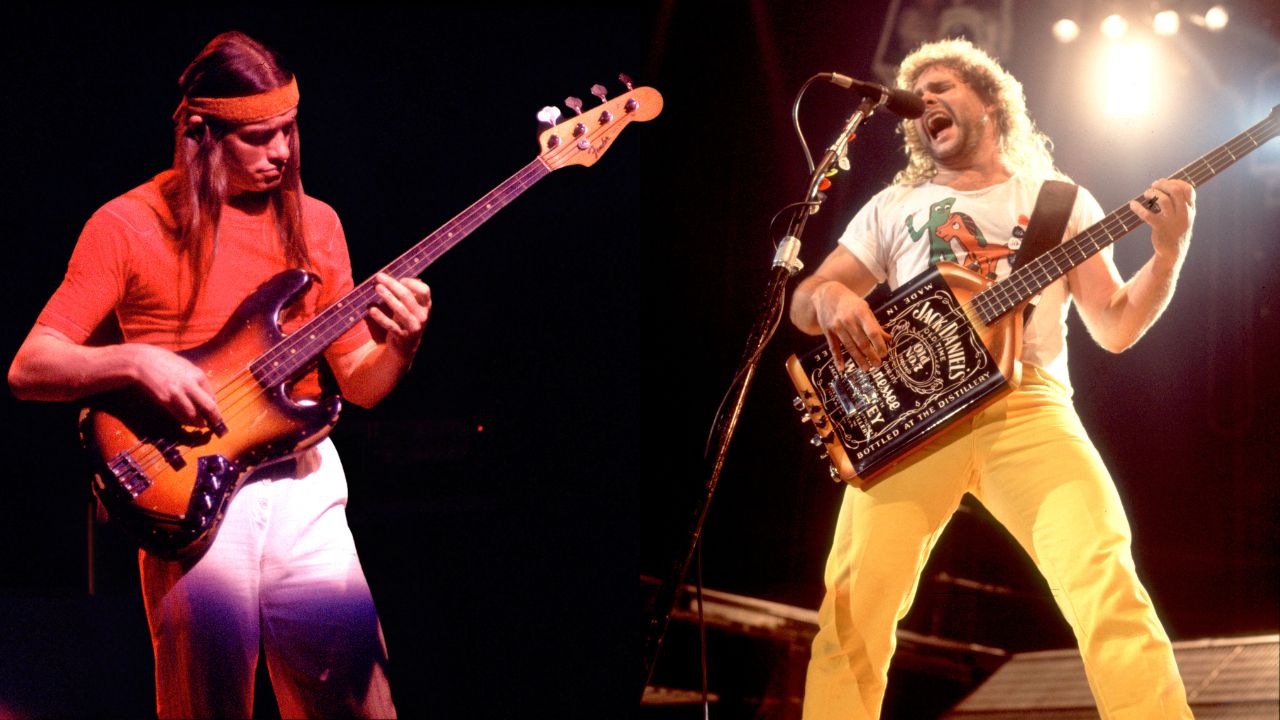“I was really fortunate that I got to work with Kurt. He had a real ear for a hook – playing bass with him was super-easy”: Krist Novoselic achieved harmony through Kurt Cobain’s chaos – and was the making of this Nirvana classic
All great bands have players that fit together, and Nirvana was no exception

Back in 1991, just before Nirvana suddenly broke huge on MTV, rock fans and musicians alike were in a bit of a holding pattern – mainstream '80s hard rockers (see Guns N' Roses) and muso shredders were hanging on for dear life, and more aggressive funk-rockers (Red Hot Chili Peppers, Fishbone, Faith No More) were going along for the ride.
So when grunge first hit it big, in the name of Nirvana, I did what many others did: I scoffed, ignorantly, and looked away. If I'd been paying closer attention, I would have noticed a genre that was redefining rock, and the hidden gem of a melody-driven trio in which influences as disparate as the Beatles and Black Flag somehow coexisted to create songs every bit as classic as Led Zeppelin's finest.
While guitarist and singer Kurt Cobain was the band's primary songwriter and drummer Dave Grohl added huge drive and dynamics to the sound, bassist Krist Novoselic was responsible for more of Nirvana's success than you might think.
This tall, gangling Washingtonian made the most of the melodic opportunities presented to him by virtue of being in a power trio, with space not just for his bass parts to move around, but also to lend melody to the chords and riffs.
Cobain's thick sludge easily took up the space of two guitarists; Drummer Dave Grohl brought a songwriter and multi-instrumentalist's perspective to his boulder-heavy grooves; and there was Novoselic holding it all together while generating counter-melodies of his own.
“I was really fortunate that I got to work with Kurt,” Novoselic told Bass Player, “He was such a talented songwriter and he had a real ear for a hook, so as far as I was concerned playing bass with him was super-easy.”
Novoselic's picked playing style gave his basslines a staccato presence that cried out to be mixed high in any given Nirvana song: see Lithium for example, where his almost funky line carries the vocals along with great character.
All the latest guitar news, interviews, lessons, reviews, deals and more, direct to your inbox!
Closer scrutiny of Lithium reveals a purposeful, song-oriented, melodic bassline that employs an unexpected reharmonization as a key factor. Since many Nirvana tunes used the same basic chord progressions for both quiet verses and heavy choruses, it was up to Novoselic to create a line that filled out Cobain's often thin and clean verse sound.
Tone was a major part of it, and by using a pick on a Gibson Ripper bass guitar through an Ampeg SVT-400T head, he achieved a meaty punch with just the right amount of edge and attack to complement the guitar in both clean and dirty sections. Armed with the right sound, Novoselic created three distinct lines for Lithium and pounded them into rock history.

Novoselic's drop-D-tuned bass comes crashing in for the chorus. First, he follows Grohl's kick-and-snare pattern along with Cobain's first three power chords, throwing neat little register and rhythmic hooks into beats three and four.
Then at 00:45, in the song's defining bass moment, he substitutes the 5th for the root in two successive changes, hammering eighth-note F's under a Bb5 and eighth-note G's under the C5 chord.
Cobain's vocal “yeaaaaah” on an F for the entire bar increases the tension, mirroring the bass for the first half of the bar and screaming against it in the second half before everything resolves to A.
This harmonic tension repeats throughout the song's verses and subsequent choruses, and it's a huge part of Lithium itself.
Novoselic plays a repetitive line in the second verse, using the same 5th-as-root reharmonization as before. The four-bar verse phrase is played exactly the same thrice over, and then varied on the fourth repetition to set up the chorus.
To achieve this, Novoselic descends under the G5 at 01:31 to set up the notes we’ve been waiting the whole song to hear: roots under the Bb and C power chords at 01:33. That's the stuff of pure pop and song-oriented thinking, and it's what separated Nirvana from so many other bands at the time.
During the bridge, Cobain throws down G and Bb power chords every two beats for 16 bars, and it's up to Novoselic to provide the harmonic movement. He doesn't disappoint, ascending a pure G minor pentatonic scale for the first two bars, and descending a G blues scale for the next two.

Once again, he plays it exactly the same three times through, and then plays a variation in the fourth ending to set up the C and A chords that serve as a bridge back to the main progression.
Like any good pop song, the rest of the tune simply hammers (or, better put, bludgeons) home the three main sections. Cobain practically hands the whole song over to Novoselic at 02:33 for a bass interlude, and lets him carry it all the way into the heavy chorus at 03:14.
Finally, true to form, Novoselic rips off a lick in the second half of the final bridge to let us know that the tune is heading for home.
You must confirm your public display name before commenting
Please logout and then login again, you will then be prompted to enter your display name.


